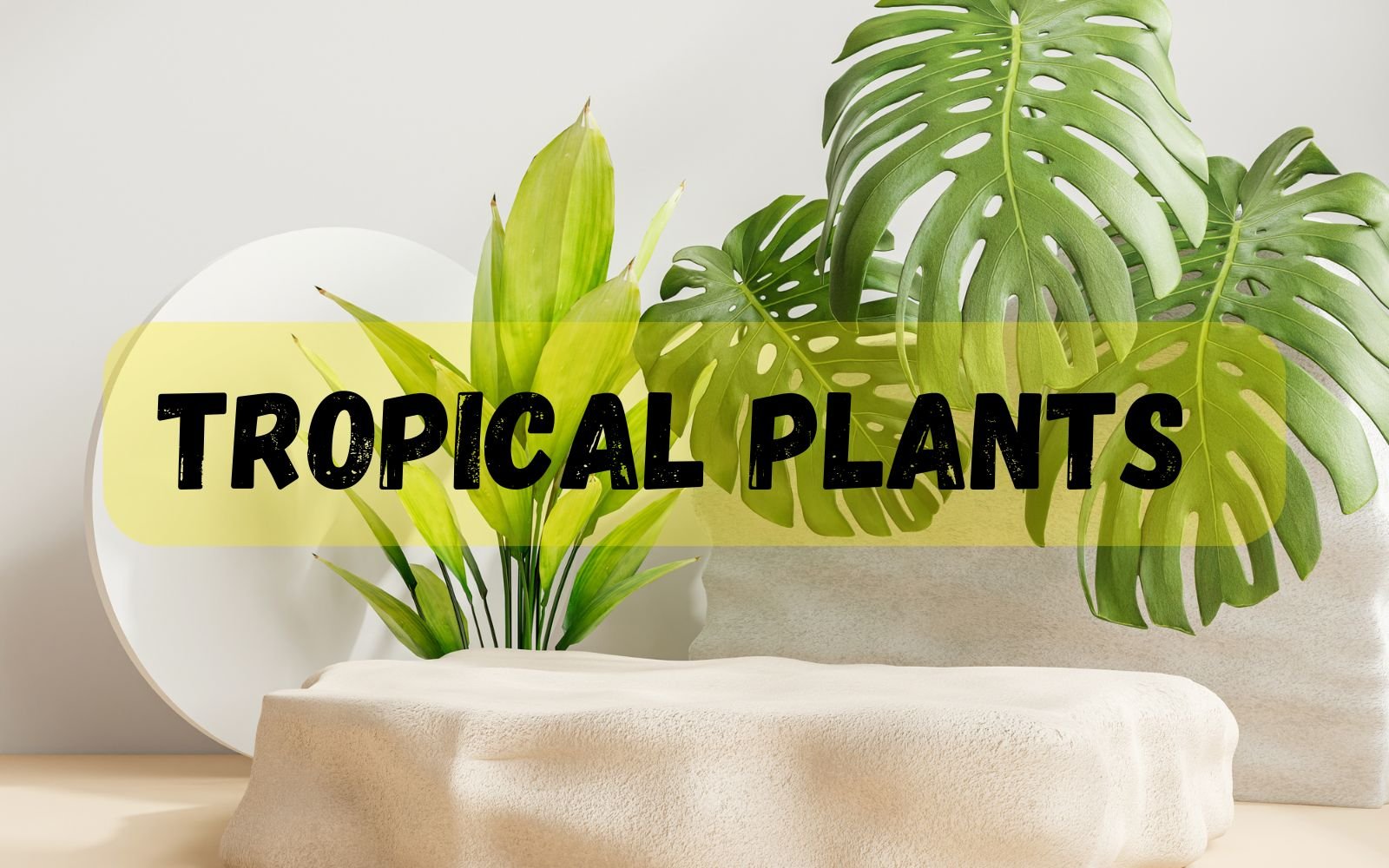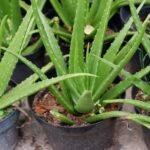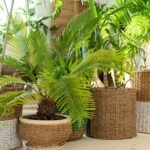Tropical plants are a great way to bring some fun and freshness to your home or garden. If you care for plants like Peperomia, Philodendron, or Monstera, they will thrive in any season. They would make great houseplants to show off. These plants come from warm places like Australia and South America. They are just as beautiful and eye-catching as tropical flowers. They will add vibrant, bold decor to your space that may be lacking. No need to go far – turn your home into a tropical retreat with these popular plants.
Here is a list of beautiful tropical plants. They are perfect for your indoor space. We have included all the care tips you need. Check out these beautiful bushes and lush greenery. They will brighten up your home and give it a holiday atmosphere.
Table of Contents
ToggleSwiss Cheese Plant (Monstera deliciosa)
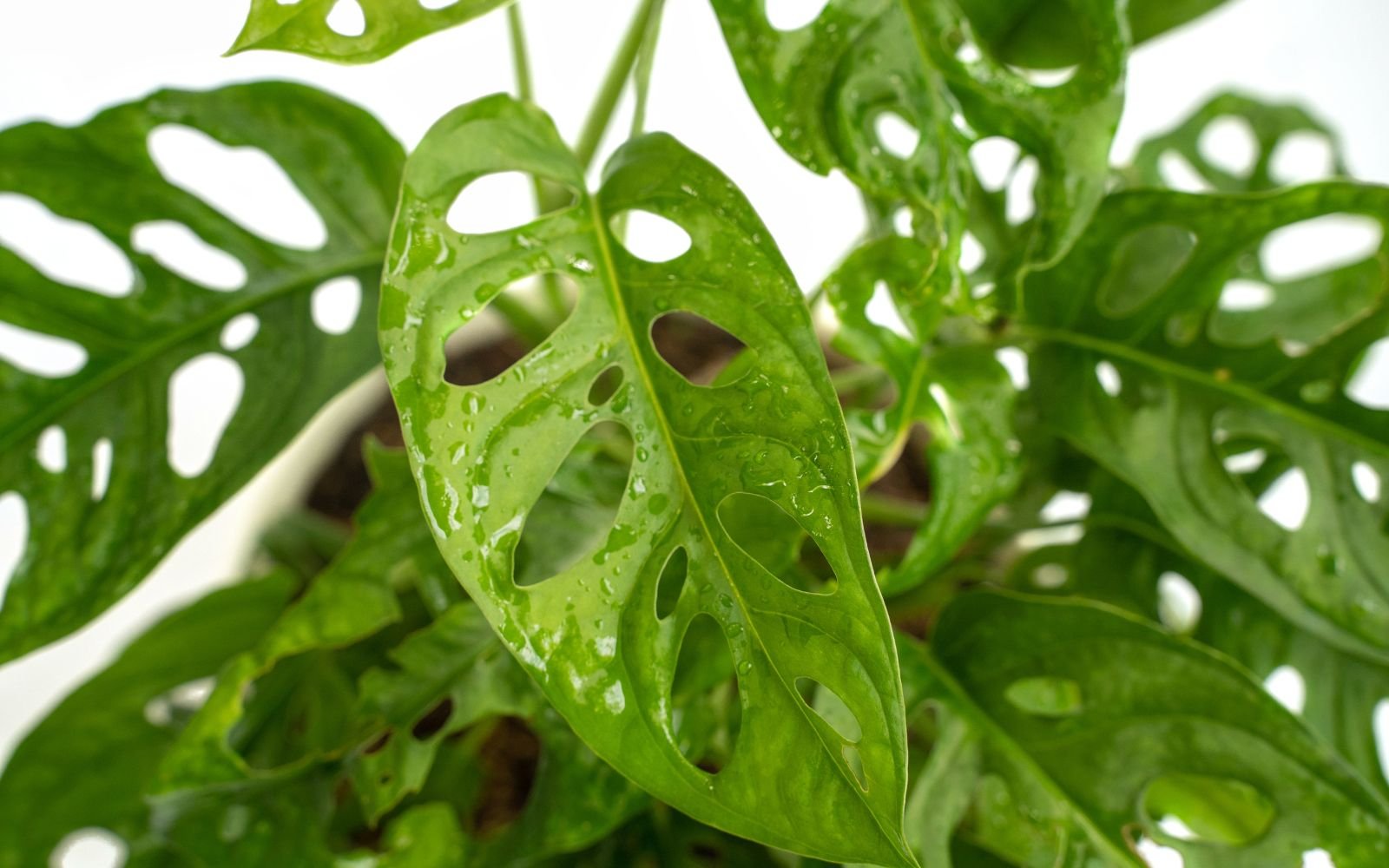
Who wouldn’t love a daily reminder of a nutty, alpine cheese? This plant, also called Monstera deliciosa, is native to Central America. It has unique, waxy leaves that have holes that vaguely resemble hearts. These holes are called “fenestrations,” which sounds like trivia straight from Jeopardy! Monstera deliciosa thrives with watering every one to two weeks. It loves humidity, so placing it near a humidifier will make it feel at home. It grows best in medium, bright, direct light, making it a sturdy and fast-growing plant in any room.
Zanzibar Gem (ZZ Plant or Zamioculcas zamiifolia)
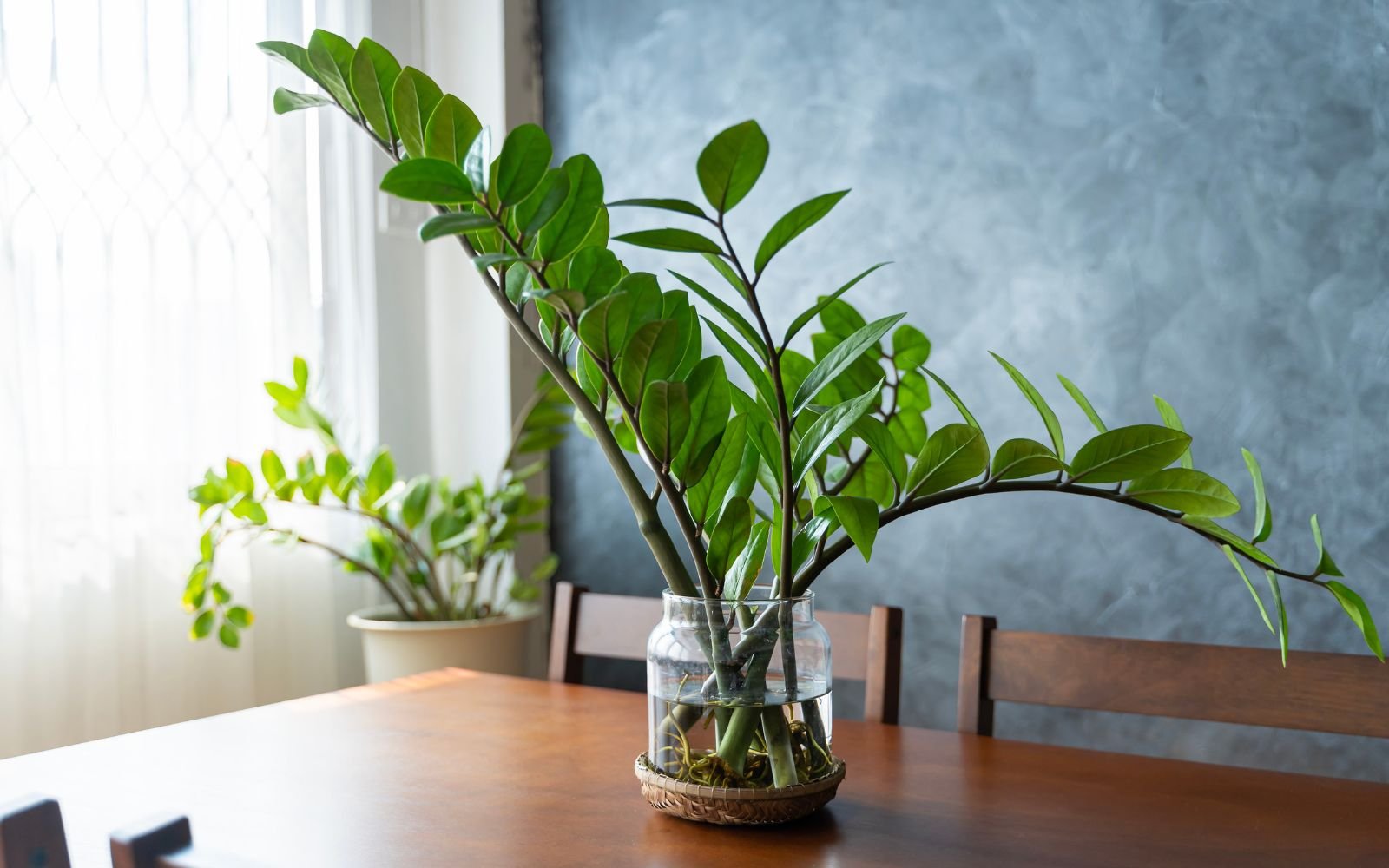
Zanzibar Gem is a sturdy plant. It can tolerate a lot. It’s perfect for busy people who tend to forget their plants. It thrives in low light and doesn’t like being near air conditioning or heating vents. If you’re someone who doesn’t have the time or energy to constantly care for their plants, this one’s for you. It’s also known for its shiny, brilliant leaves. To protect it from pests, keep a little white oil on hand. You can easily make it at home with Murphy’s Oil Soap and vegetable oil.
Devil’s Ivy (Epipremnum aureum)
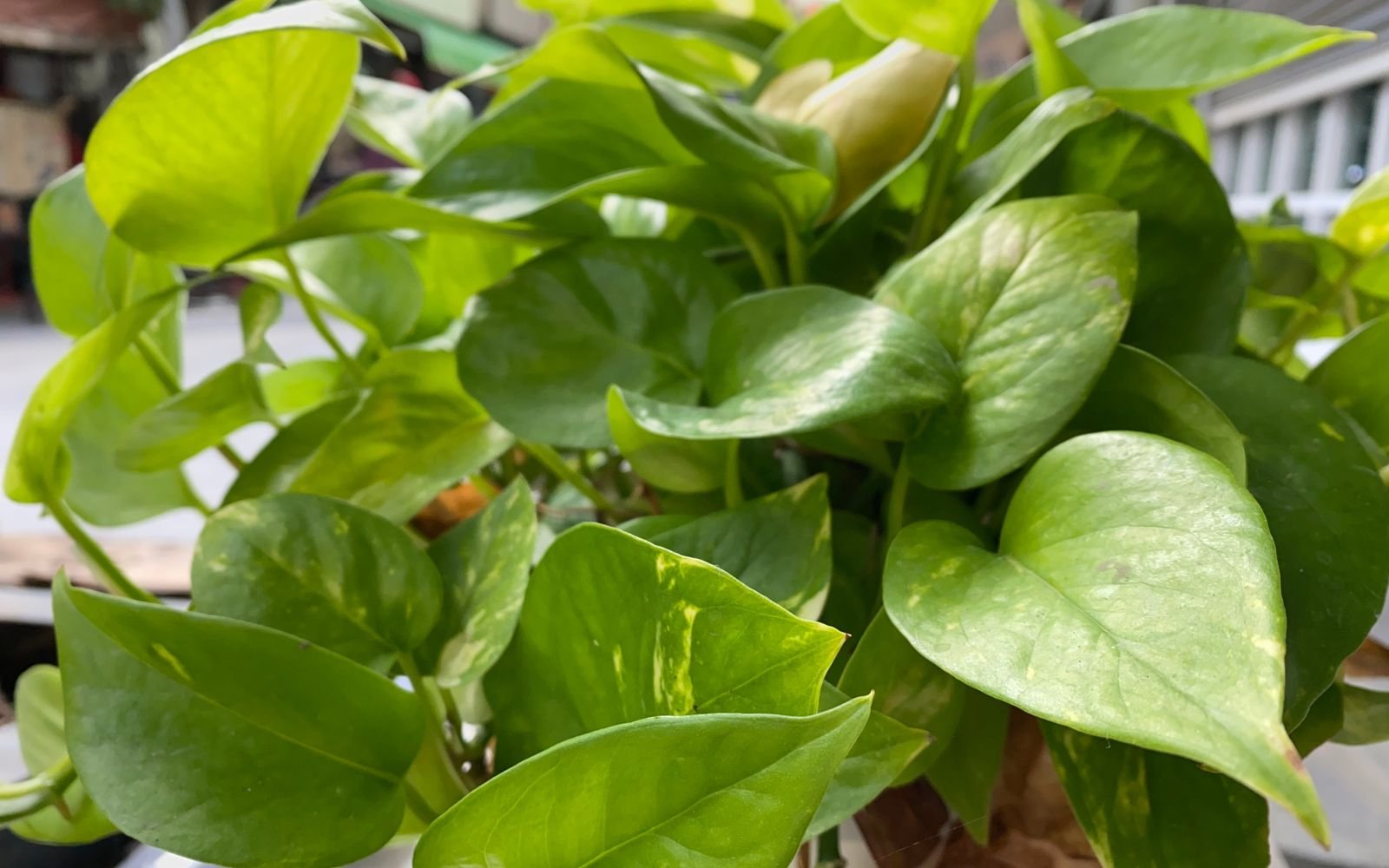
Devil’s Ivy is another low-maintenance favorite plant. Its cascading stems and shiny, colorful leaves make it a great addition to any room. It looks great whether it’s hanging from a planter or cascading over a bookshelf. A light washing of the leaves helps. It removes dust and keeps the plant healthy. This is an easy-care plant with a lot of decorative appeal!
Dwarf palmetto (Sabal minor)
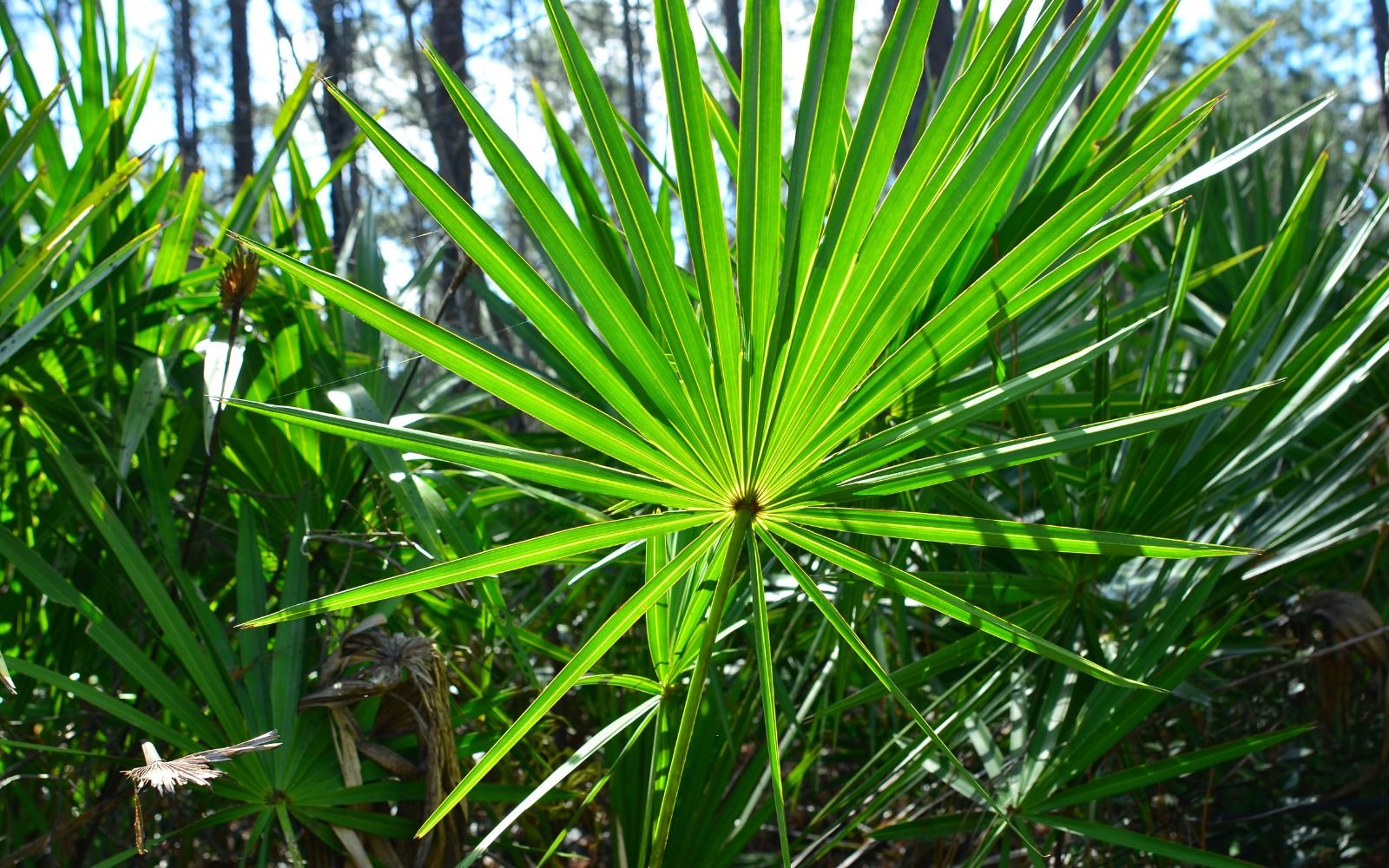
This is a hardy, tropical, evergreen plant. Its long, fan-shaped leaves bring a warm, welcoming energy indoors. Dwarf palmetto has creamy white, fragrant flowers. They contrast with its blue-green leaves. It thrives in moist, fertile soil but can also handle drought conditions. Known for adding lush texture to gardens, this plant is perfect for creating a tropical ambiance at home.
Average height: 4 to 6 feet
Native region: Southeastern United States
Light: Full sun to partial shade
Polka dot plant (Hypostase phyllostachya)
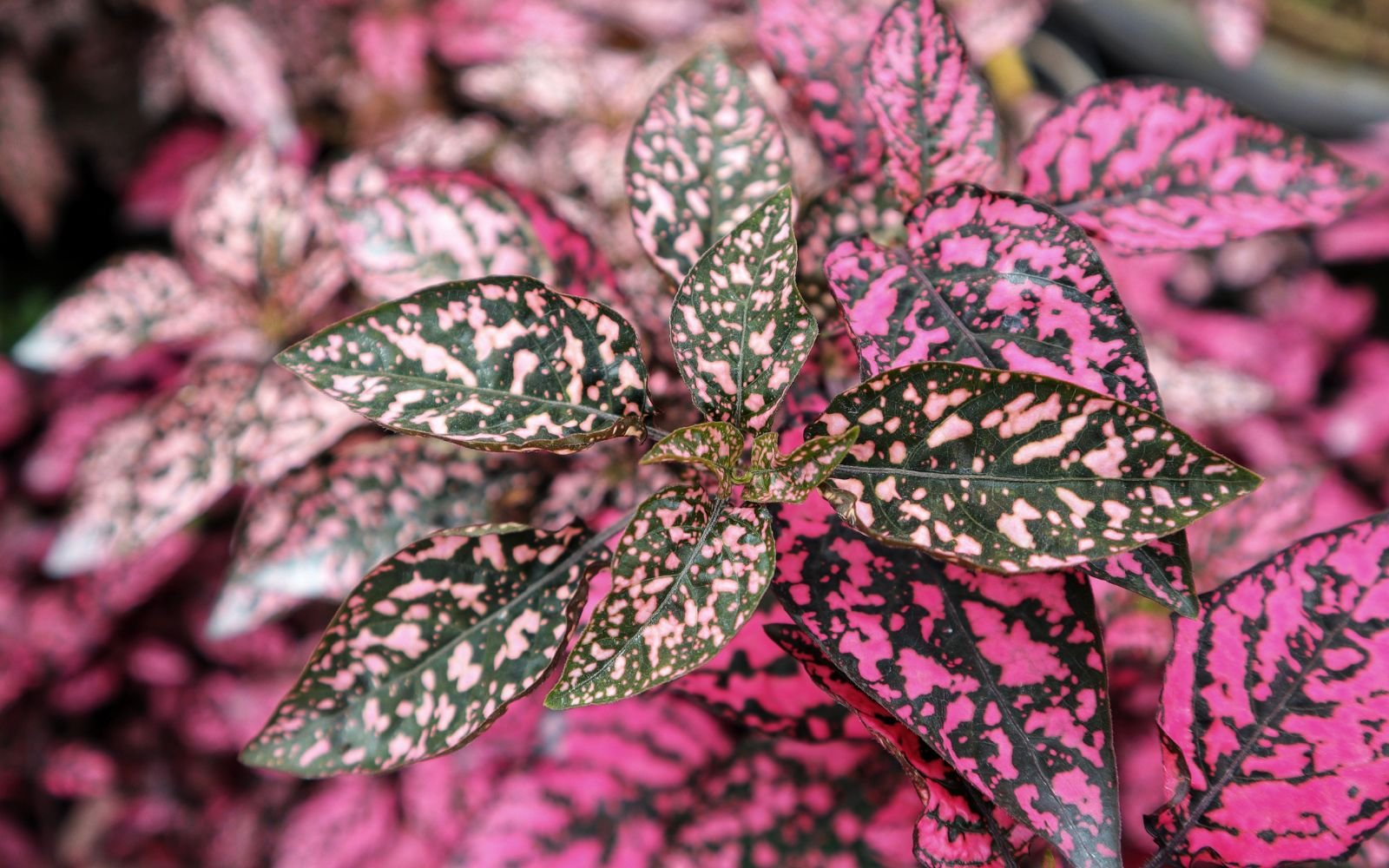
Polka dot plant is a colorful, non-toxic tropical shrub. It is easy to grow indoors and outdoors. Its mottled, oval-shaped leaves of red, pink or white contrasting with green make it an attractive choice for your space. The flowers are a pale lilac color and not as showy as the leaves. This plant thrives in well-drained, fertile soil. It does well in bright, indirect light, whether inside on a windowsill or in a shady outdoor spot.
Average Height: 1 to 3 feet
Native Region: Madagascar
Light: Bright, indirect
Coleus (Coleus scutellarioides)
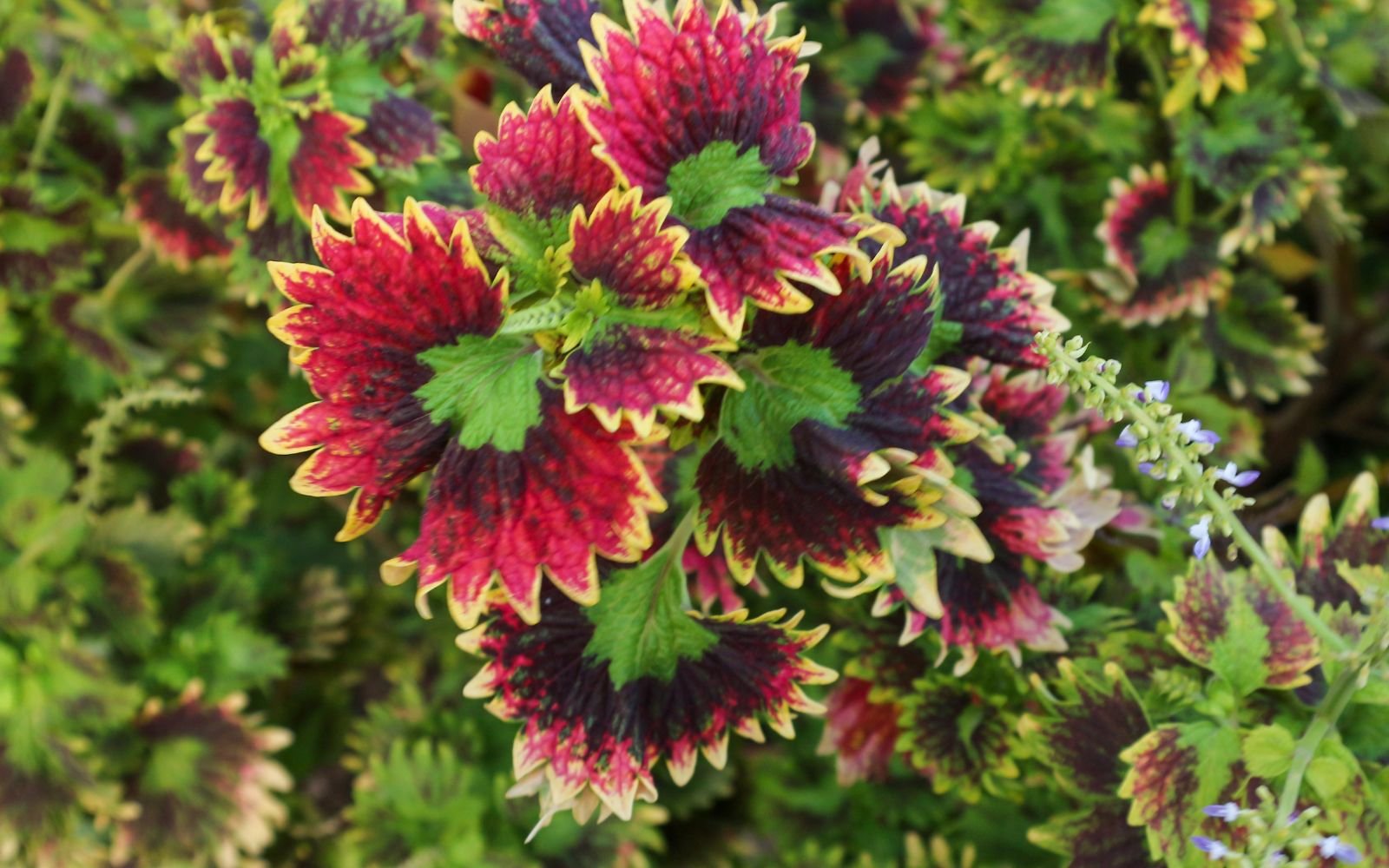
This is a vibrant tropical plants. It has dramatic, colorful foliage. It comes in many colors and patterns, each as vivid as the next. Although it produces small tubular flowers, the main attraction is its leaves. Easy to grow in well-drained soil, coleus thrives both indoors and outdoors, making it a versatile choice for adding color to your space.
Average Height: 1 to 3 feet
Native Region: Tropical regions of Asia and Africa
Light: Bright, indirect
Aloe Vera
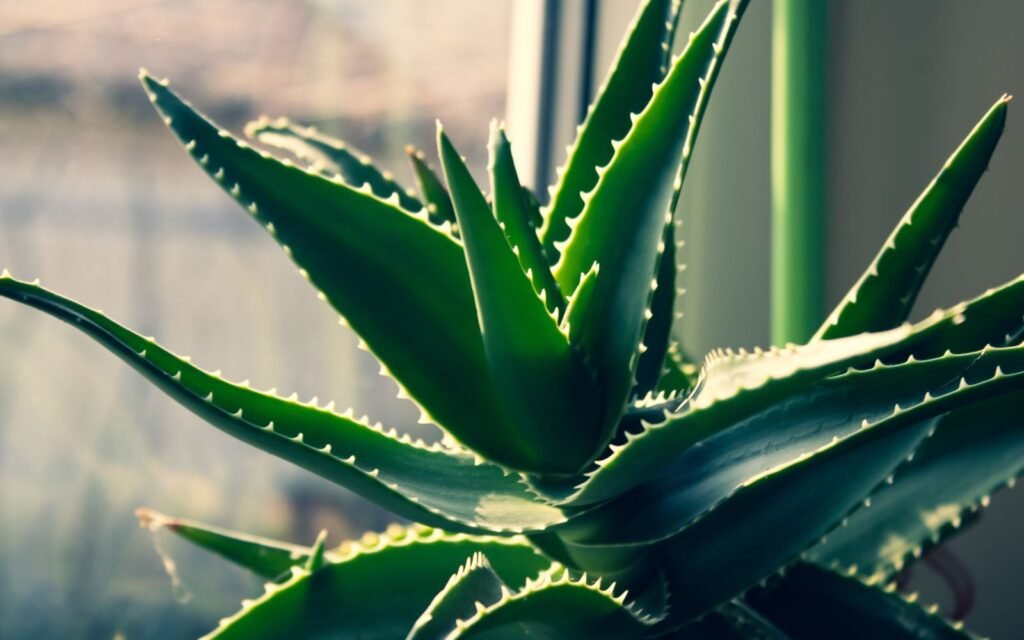
You may have used aloe vera gel to soothe sunburn or skin irritation. It’s a popular remedy found in most homes, but did you know it’s also a great houseplant? Aloe vera is a succulent, which means it needs a lot more sunlight than many other indoor plants. They thrive on the sunniest windowsills, according to expert Sutton. If your aloe vera’s bright green leaves turn yellow, it may be getting too much direct sunlight. Move it to a shadier spot. If that’s difficult, the Old Farmer’s Almanac recommends watering it more frequently to balance the extra heat and light.
Wandering Dude
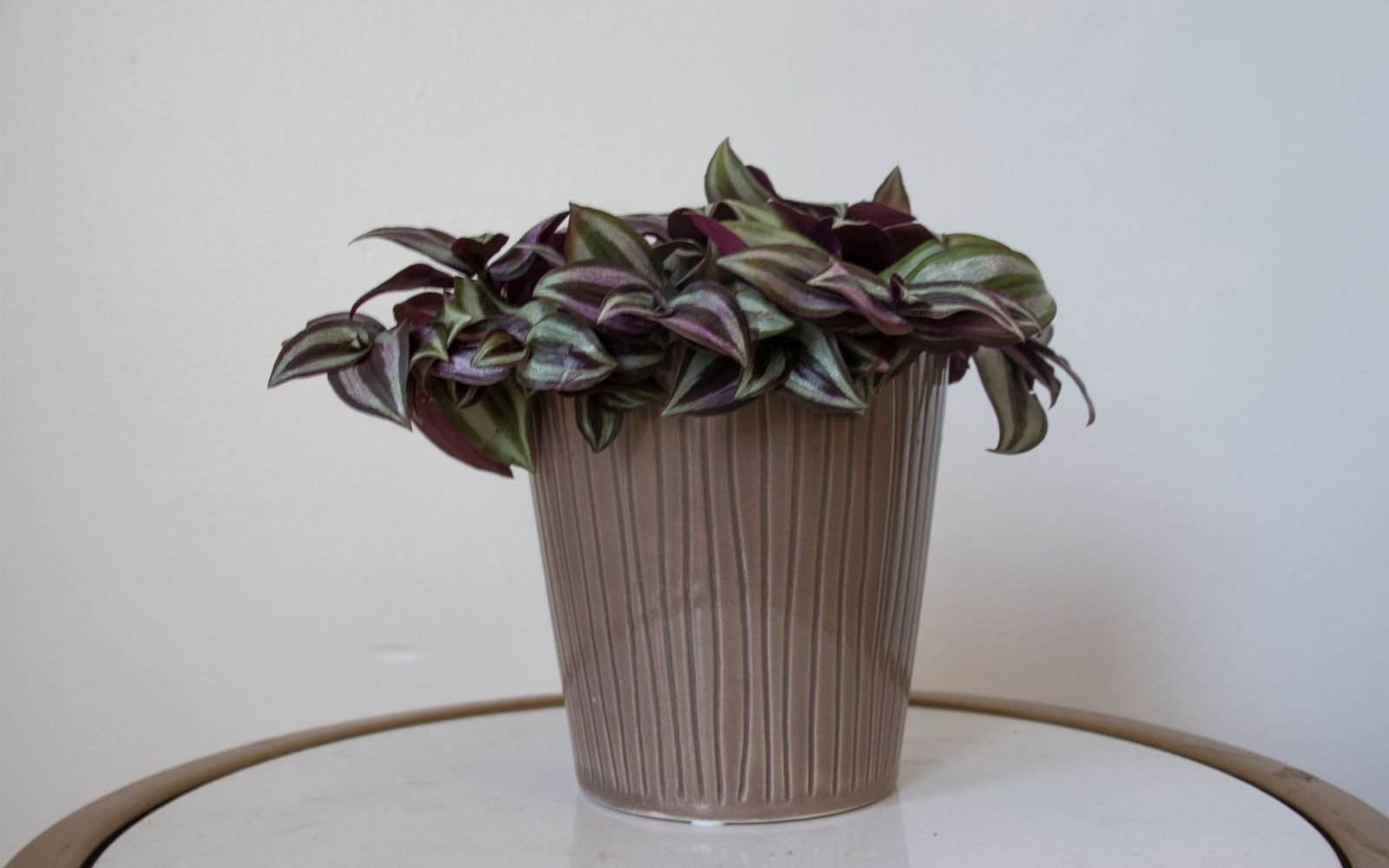
Also known as Tradescantia zebrina, this plant has an interesting history, with its old name being linked to anti-Semitic origins. The plant is famous for its vibrant, silver, green and magenta leaves. Its dangling stems grow out of their pots. When it comes to care, Country Living suggests watering it only when the soil feels dry to the touch — it’s better to under-water than over-water. You can also cut off any thin stems to encourage new growth. A great way to display this beauty is with a macrame plant hanger, which will accentuate its colors and add a touch of boho charm to your space.
Guzmania Bromeliad
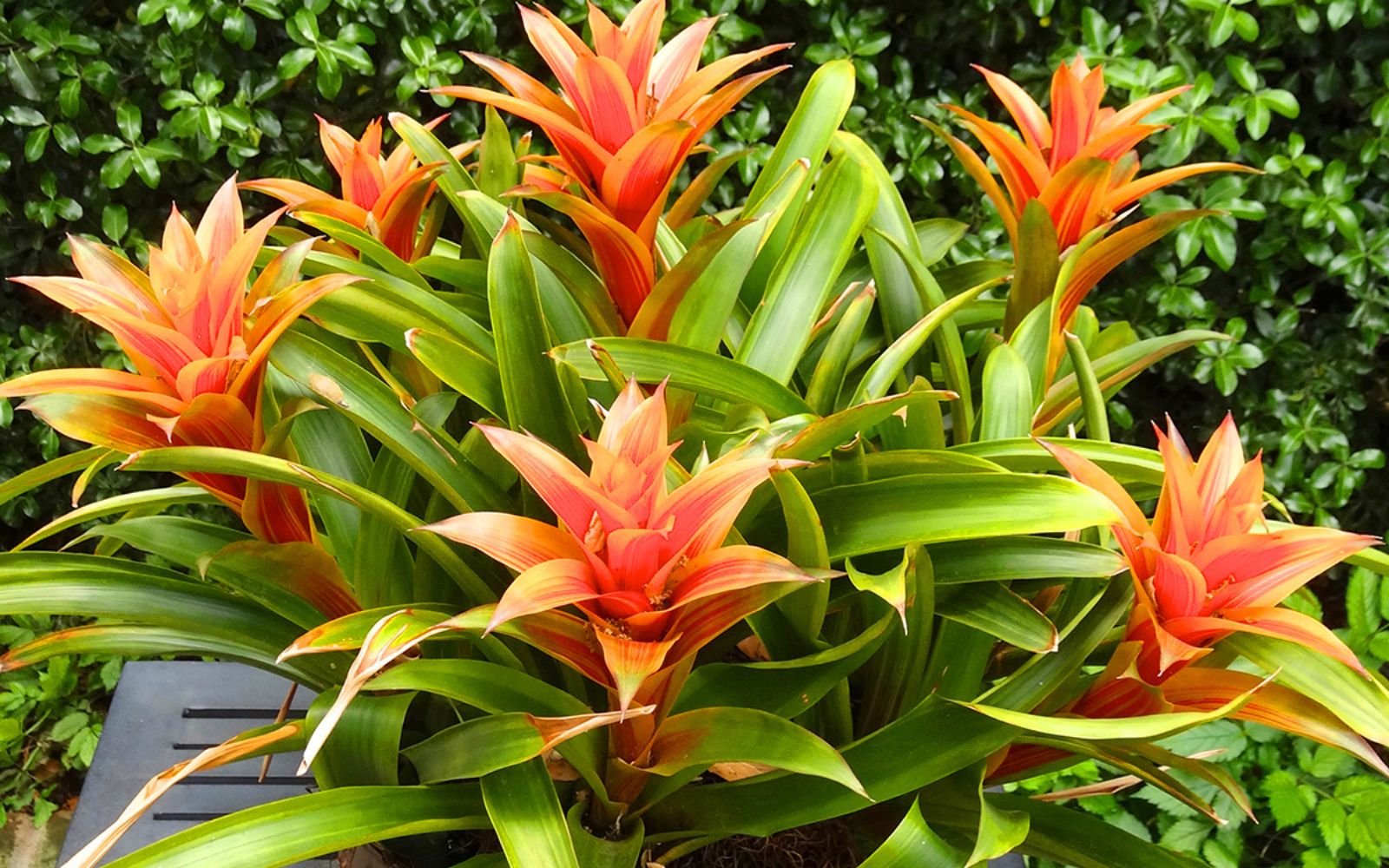
The Guzmania bromeliad (or Guzmania lingulata) is a tropical plants. It’s native to rainforests. Its brilliant, ruby-red flowers add a splash of color to any room. To keep it happy indoors, it needs some extra care. You should water it regularly (at least once a week). Bromeliads absorb nutrients from the water and debris that fall around them in their natural habitat. Applying fertilizer directly to their leaves will also keep them thriving. For inspiration, check out the Cascade Garden at Longwood Gardens. It was designed by the famous Roberto Burle Marx. It has a wonderful display of bromeliads.
Philodendron
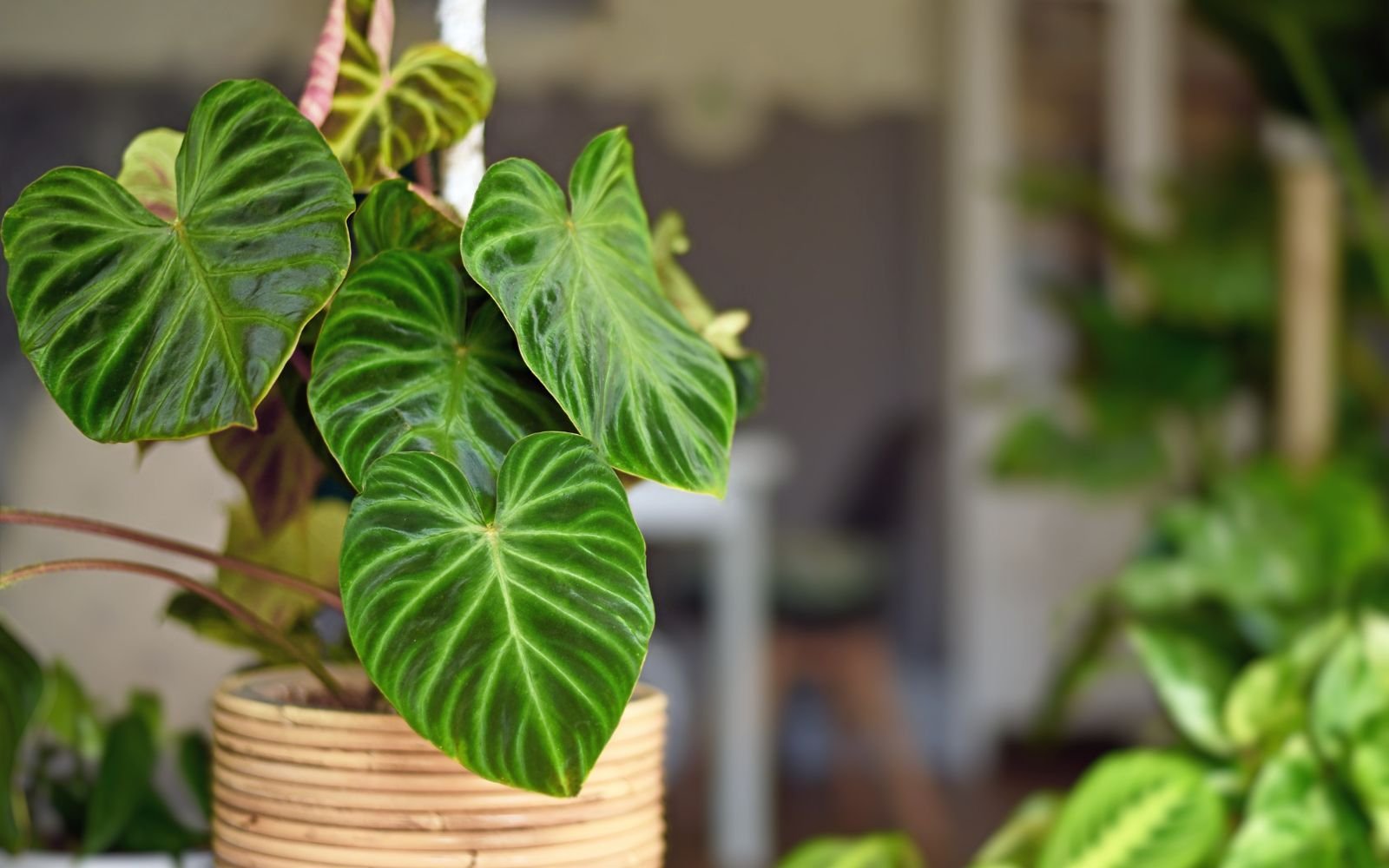
Philodendrons are popular indoor plants. You can choose from climbing or compact, self-heading types. New hybrids combine the best of both worlds. They have the growth vigor of climbing plants and the low-maintenance ease of non-climbing ones. They’re easy to care for. In the summer, water and mist them regularly. In the winter, they need less water.
Lighting: Medium, indirect light
Size: 1-20 feet tall, 1-6 feet wide
Difficulty: Low maintenance
Prayer Plant
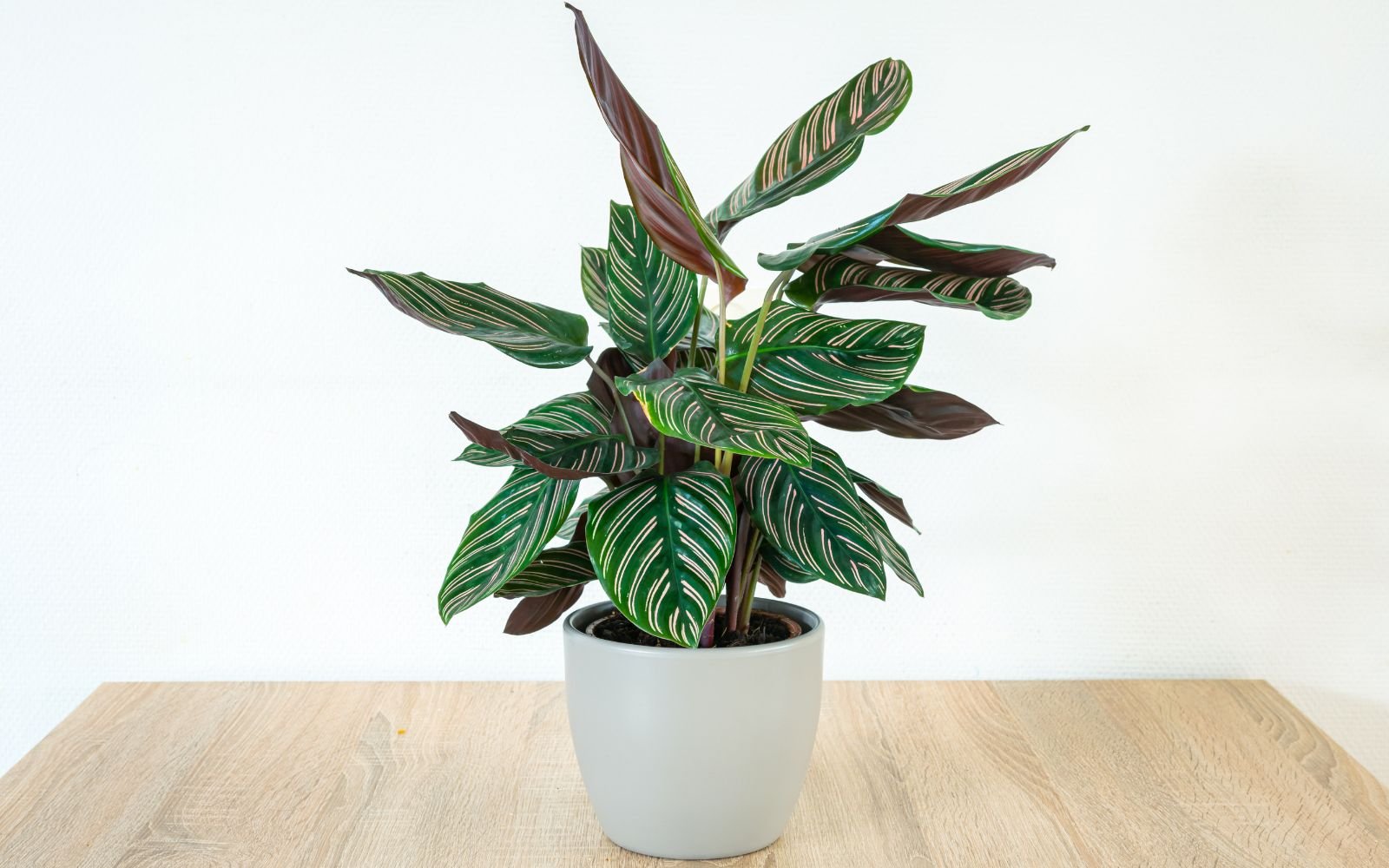
The prayer plant (Maranta leuconeura) is a unique tropical plants. It has a special habit: It folds its leaves at night, as if it’s praying. It can handle low light, but it thrives best in bright, indirect light. If it starts to look tall, move it to a brighter spot, but keep it out of direct sunlight. This plant loves humidity. So, water it regularly. A pebble tray will add humidity. This will help prevent the leaves from drooping and the edges turning brown, crispy.
Light: Bright to moderate indirect light
Size: Grows 6-12 inches tall and wide
Difficulty: Low maintenance
Orchids
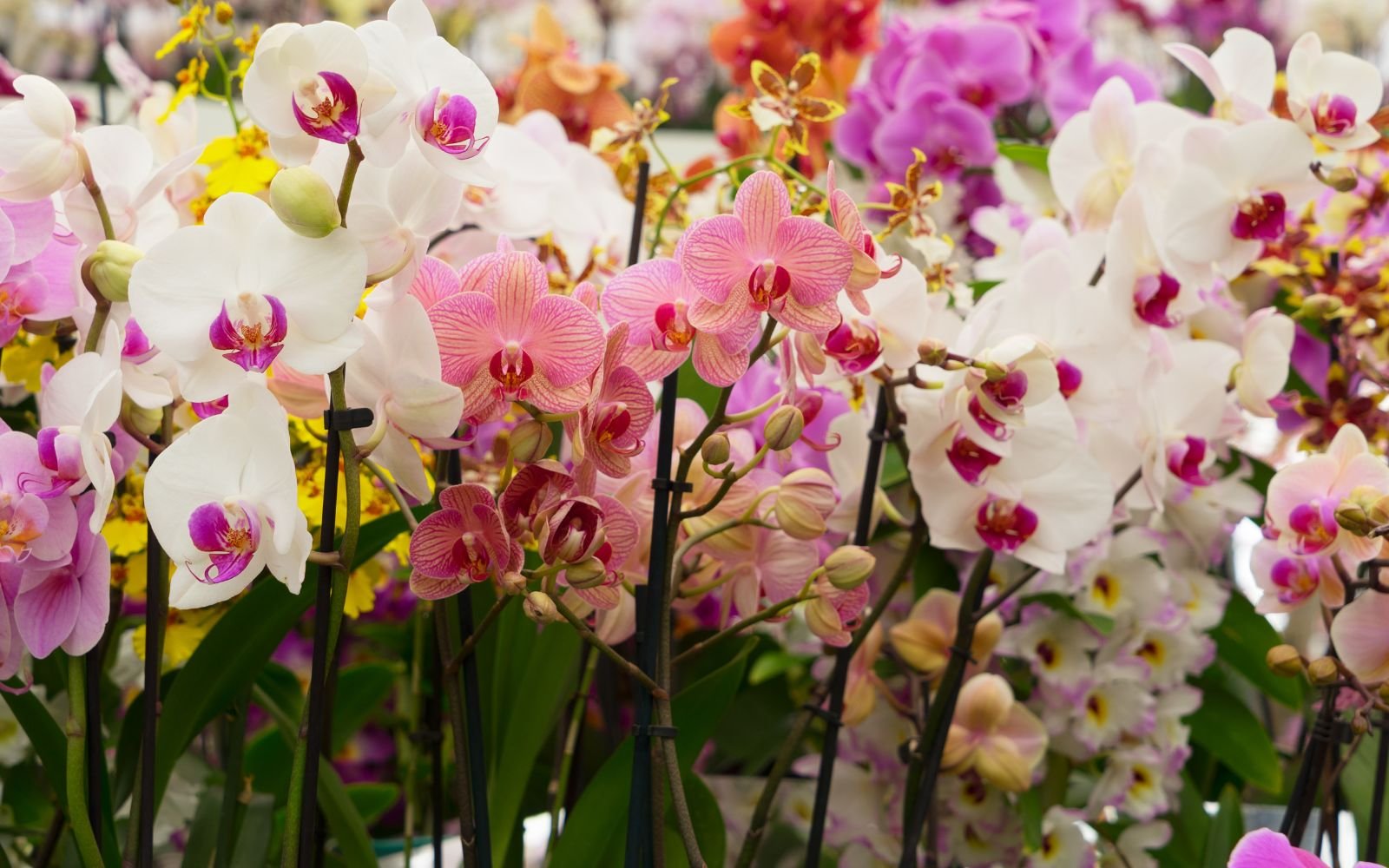
Orchids (Orchidaceae) are a very diverse plant family. They grow in deserts, woodlands, and tropical forests. The orchids most loved by most people come from tropical and subtropical regions. Their colorful flowers – white, yellow, pink, purple, red, and orange – make them a quintessential tropical plants. Keep them away from dry air, direct heat, and sunlight. Instead, they prefer warm, humid environments. Water them once a week, allowing the soil to dry out between waterings, but avoid overwatering.
Light: Bright, indirect light
Size: Grows 1-3 feet tall, 6-12 inches wide
Difficulty: Requires occasional attention
How To Grow And Care Tropical Plants?
Caring for tropical plants is important to ensure that they thrive in your home or garden. Whether you are a professional gardener or a beginner, follow the right steps for lighting, watering, and cleaning. They will help your plants thrive. Here is a simple guide to help you grow and care for your tropical plants easily.
Lighting: Tropical plants thrive in full spectrum light, which is a mix of green and blue light. If you’re growing them indoors, you can use grow lights to ensure they get enough light.
Watering: Water your tropical plants regularly, but make sure they’re not sitting in water. You can also use systemic granules to help prevent pests.
Cleaning: To clean your plants, spray a solution of diluted soapy water on the leaves. This will remove dirt. Alternatively, you can rinse the plant with water or quickly dunk it in a sink of clean water.
Other tips: Bromeliads, or air plants, are easy to grow in pots. They’re more resilient than other tropical plants. You can keep them in a cool, dry place over the winter, then repot them in the spring.
With the right care, your tropical plants will thrive. They will add a lush, vibrant touch to your space. With proper lighting, watering, and cleaning, you can enjoy these tropical beauties year-round.
Conclusion
In conclusion, tropical plants bring vibrant color and energy to your home or garden. With the right care, plants like Monstera, ZZ Plant, and Orchids can make any space a tropical retreat. You can keep your plants healthy by following simple rules for lighting, watering, and cleaning. These tropical beauties will elevate your decor. They will add a tropical touch to your living room, no matter your gardening skills. Happy gardening, and enjoy the lush beauty of your outdoor oasis!
Faqs :
- How Often Do You Water A Tropical Plant?
As a general rule, water your tropical plants about once a week during the warmer months. In winter, you can cut back and water them a couple of times a month. Keep in mind that the exact needs may vary depending on the type of plant.
- Where Do You Keep Tropical Plants?
Tropical plants can be kept in a variety of locations, including indoors, in a greenhouse, or outdoors in a well-lit area with well-drained soil.
- Are tropical plants good?
Yes, tropical plants can be considered “good” as they offer aesthetic appeal with their unique foliage and flowers, can bring a sense of vibrancy to a space, and can provide potential health benefits like improved air quality and stress reduction when properly cared for indoors, especially if you enjoy their exotic look; however, they often require specific care conditions like high humidity and warmth to thrive.


